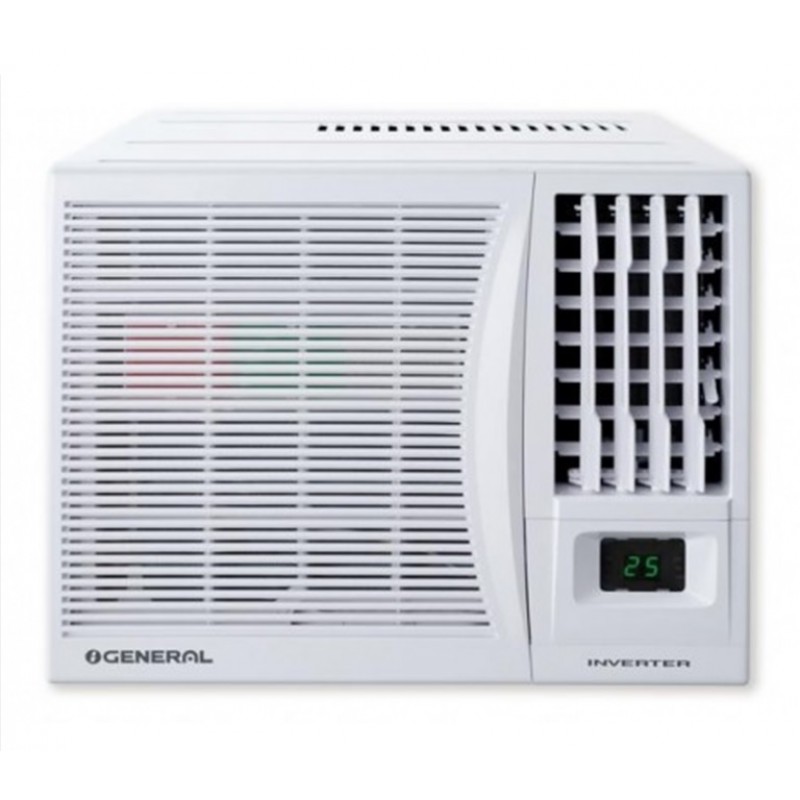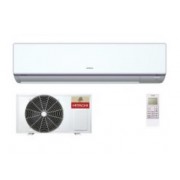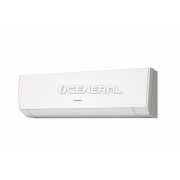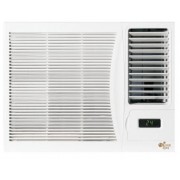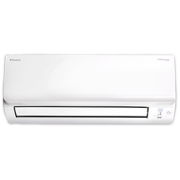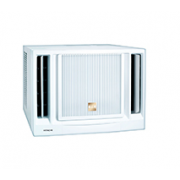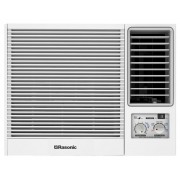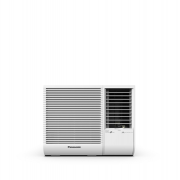
Air conditioners account for 34% of Hong Kong's residential electricity consumption and are the appliances that consume the most electricity. As an expert in selling air conditioners for many years, we will compare different types of air conditioners for you to help customers have a preliminary understanding of air conditioner selection. Finally, we will introduce several discounts to you with expert opinions and the experience of real users to help you find a practical air conditioner brand.
Click the following link to quickly jump to the article (updated in November 202):
Air conditioners can be divided into two types according to its operation principle: Fixed Capacity Type and Inverter Type.
The air conditioners currently on the market can be roughly divided into two types: window type and split type. The following are the advantages and disadvantages of the two types of air conditioners:
|
Type of AC
|
Direction
|
Advantages
|
Disadvantages
|
|
Window type
|
Upwards
|
Easy to install
Relatively cheap
|
High noise
|
|
Split type
|
Side to side
Downwards
|
Silent
Extremely quiet
|
High installation costs
|
/-評價.jpg)
2. Fixed speed air conditioner VS Inverter air conditioner
Air conditioners can be divided into fixed frequency type and variable frequency type according to their operating principles. The following is a comparison of the operation methods of the two air conditioners:
Fixed-Speed Air Conditioner
The compressor of a fixed-speed air conditioner can only maintain one speed when operating. When the air conditioner reduces the indoor temperature to the set level, the compressor will stop operating. Then when the room temperature rises, the compressor will restart to reduce the room temperature to the appropriate level. Therefore, a fixed-speed air conditioner continuously switches on and off according to the room temperature. Therefore, when using a fixed-speed air conditioner, the room temperature will be unstable and the power consumption will be higher. The advantage of using a fixed-speed air conditioner is that this type of air conditioner is generally cheaper.
Inverter air conditioner
Air conditioners using inverter technology have a stable performance adjustment system. That is when it detects that the room temperature reaches a certain temperature, the air conditioner will automatically reduce the speed of the compressor and continue to operate. This can prevent the compressor parts from frequently starting the switching process while accurately and stably controlling the room temperature at the ideal temperature. Therefore, variable-frequency air conditioners are more efficient and energy-saving than fixed-speed air conditioners. According to tests conducted by other evaluation organizations in 2016, inverter air conditioners saved an average of 40% of electricity compared to traditional fixed-frequency air conditioners throughout the year. However, inverter air conditioners are generally more expensive than fixed-speed air conditioners, and the durability of some inverter air conditioners on the market may be lower than fixed-speed air conditioners, so you need to pay extra attention.
Reverse Cycle Air Conditioners
The latest reverse-cycle air conditioners can make your room warm in winter and cool in summer. Its appearance and installation method are basically the same as traditional air conditioners, and they can also be divided into window-type and split-type designs. The difference between reverse cycle air conditioners and traditional pure refrigeration air conditioners lies in the type of refrigerant: the refrigerant in traditional air conditioners only allows one-way flow, that is, the heat energy is discharged from indoors to the outdoors; the refrigerant in reverse cycle air conditioners can flow in two directions. It can both discharge heat energy and can also flow in the opposite direction, sucking outdoor heat into the room and blowing out warm air through the air outlet. According to the CLP website, based on a room of about 65 square feet, reverse cycle air conditioners can save up to 70% of the electricity bill compared to an electric heater. Additionally, based on the same temperature rise of 12°C (approximately 65 square feet), the heating efficiency of wall-mounted split-type reverse cycle air conditioners is about 4 times faster than that of an oil-filled heater. Definitely suitable for Hong Kong residents who would like a multi-functional machine.
3. Window Type Air Conditioner VS Split Air Conditioner
The following are the features of window-type air conditioners and split air conditioners:
Window type air conditioner
Window-type air conditioners are a traditional type of air conditioner. You need to install the air conditioner together with the compressor on the window sill. Most of the older buildings in Hong Kong use window-type air conditioners. Before purchasing, customers should ensure that the window sill is suitable for installation and that the size of the air conditioner can fit in the window frame. The advantage of window-type air conditioners is that the installation, cleaning and even maintenance are easier than split air conditioners. Depending on the number of air conditioners, BBE's basic installation fee for window-type air conditioners ranges from $280 to $480. However, since the window-type air conditioner body already includes the compressor of the refrigeration part, even if it is a model that is advertised as quiet, it will inevitably make mechanical noise during operation, and the noise will be greater than that of a split air conditioner.
Split type air conditioner
A split air conditioner is split into two units, an indoor unit and a compressor (also known as an outdoor unit). The indoor unit is responsible for sending cold air and the compressor is responsible for cooling. Note that if the house is larger, you can choose a model with two indoor units, so that both the master room and the children’s room can have independent indoor units. The indoor unit can basically be installed on any wall indoors, though the compressor must be installed outdoors. Newer buildings in Hong Kong may reserve a small terrace on the exterior wall for the installation of a compressor. If there is no support for the unit in the building’s design, brackets must be added to the exterior wall of the building to install the compressor of the split air-conditioner.
Split air conditioners have three options: wall-mounted, hidden and box-type floor-standing. When purchasing, consider your needs and space.
- Wall-mounted type: It is easier to install and maintain, but the configuration and appearance of the pipeline must be considered.
- Concealed: to match the decoration or must have a light steel frame ceiling.
- Box-type floor-standing type: Generally used in large spaces or business places, the air volume is large and it cools quickly, but it takes up space.
Generally speaking, the price and maintenance of split-type air conditioners will be more expensive than that of window type air conditioners. This is because the installation is more complicated and therefore the installation cost will be higher. Depending on the number of air conditioners, BBE’s basic installation charge for split air conditioners ranges from $1,450 to $2,550. The advantage of using a split-type air conditioner is that these air conditioners operate more quietly because the compressor, the main source of noise in the air conditioner, is installed on the exterior wall rather than indoors.
What is window split type air conditioner?
Window split air conditioners are a newer design. Because the outdoor unit of split air conditioners is generally larger in size, it is more difficult to install the outdoor unit. Some houses do not reserve enough space for installation due to design issues. If the installation position is on upper or lower concrete platforms, homeowners can choose a window split air conditioner. The indoor unit of a window split air conditioner is no different from a traditional split air conditioner, except that the outdoor unit is smaller in size. It is suitable for use in most window units in Hong Kong and is easy to install. For example, Daikin's 420 series FTWS25AXV1 and FTWS35AXV1 reverse cycle air conditioners have outdoor units that are only 420mm tall, making them slim and easy to install. Using this type of air conditioner can keep your home at a constant temperature in all seasons.
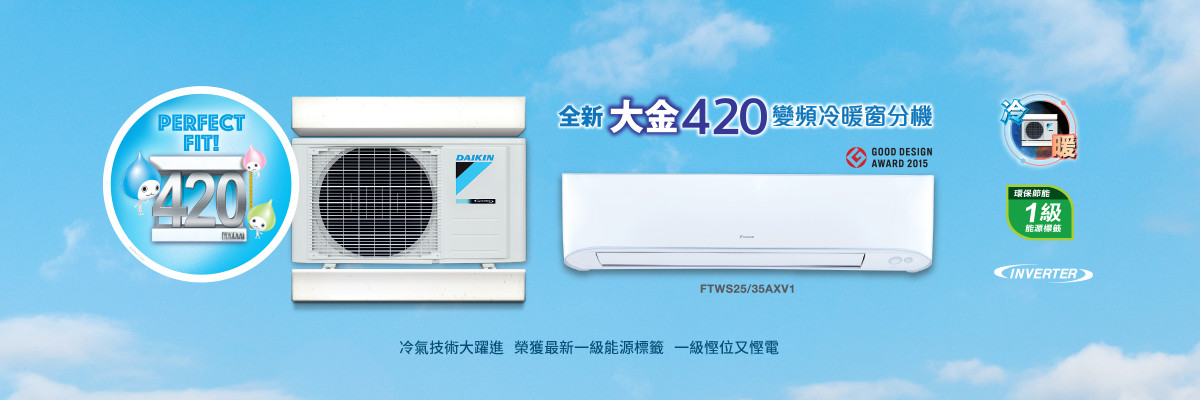
4. Key points for purchasing air conditioners in 2025
Before purchasing an air conditioner, you should pay attention to the following points to help you choose the air conditioner that best suits your needs:
Selection of number of air conditioners
You can choose an air conditioner with corresponding cooling capacity based on the room size and environmental factors, also known as the "horsepower." Please note that "horsepower" and "BTU/h" are purely units of measurement for different air conditioner refrigeration capacities. Generally speaking, a larger indoor space requires a larger number of air conditioners. You can refer to the following suggestions for indoor areas and corresponding cooling capacity.
|
Area (square feet)
|
Horsepower
|
Air conditioning energy (BTU/h)
|
|
50 – 70
|
3/4
|
6,500-7,200
|
|
80-100
|
1
|
8,000-9,000
|
|
110-150
|
1 1/2
|
12,000-14,000
|
|
160-200
|
2
|
16,000-18,000
|
|
210-250
|
2 1/2
|
20,000-24,000
|
|
260-300
|
3
|
25,000-28,000
|
Energy Efficiency
All air conditioners sold in Hong Kong must follow the instructions of the Electrical and Mechanical Services Department to affix energy labels. Customers can evaluate the energy efficiency of air conditioners based on the energy label. Taking Level 1 energy label as the highest, citing data from the Electrical and Mechanical Services Department, a Level 1 window-type air conditioner saves 11% energy than a Level 3 window-type air conditioner, and a Level 1 air conditioner saves 25% energy than a Level 5 window type air conditioner; Split air conditioners save 36% energy than three-stage split air conditioners, and one-stage split air conditioners save 61% energy than five-stage split air conditioners.
Control Interface
For example, the air conditioner has a touchpad with a large LED display, large and uncrowded buttons, clear labels and digital temperature readouts for easier use. Improperly designed air conditioner controls can be a constant annoyance.
Fan Speed
The air around the room is continuously circulated by fans to cool or heat it. When shopping for an air conditioner, look for models with a wide airflow range and multiple fan speeds: adjustable from very high to very low temperatures to help cool the room quickly. Once the right temperature has been reached, there will be less noise and no unpleasantries.
Operating Mode
- Auto: Automatically selects the mode required to maintain the room at the selected temperature.
- Cooling: The pump heats from the inside to the outside.
- Heat: The pump heats from the outside to the inside.
- Drying: Dehumidifying the air. Provides some cooling, but not as much as cooling mode.
- Fan Only: Blows air without heating, cooling or drying, which is useful when all you want is a blast of fresh air.
- Economy: Also called Eco mode, it reduces power consumption. Different brands of air conditioners implement this in different ways. It can simply reduce cooling or heating output by adjusting the thermostat a degree or two, or it can use sensors to detect if someone is in the room and then reduce cooling/heating.
Human activity sensor (some even have infrared human body temperature detectors)
This detects if there is actually someone in the room so the air conditioner knows to keep working. When no one is detected, the device may switch to economy mode to reduce power consumption. Some models can even direct the air flow towards the person being sensed, so cooling or heating is focused on the area actually being used.
Adjustable or swinging blinds
Direct airflow vertically or horizontally by adjusting the blinds using the remote control. The left and right adjustability helps the air conditioner direct air to where it is particularly needed.
5. Air conditioner installation
The installation of air conditioners is also an important point to consider when purchasing:
|
Window-type air conditioner installation
|
Old housing estates may not have windows that support air-conditioning. If there is none in the room, you must inform the sales staff in advance. In principle, the sales staff will inform you that the charges will be based on the actual installation status. After installation, you must personally check whether the air conditioner is installed securely and whether the drainage pipe is in place. When there is an air-conditioning window, it can be divided into "with installation platform" and "without installation platform". If there is an installation platform, be sure to ask the installer to fix the air conditioner with expansion screws; if there is no installation platform, you would need to ask the installer to fix the mounting bracket and then install the air conditioner. At the same time, make sure that the air conditioner has been installed to avoid being damaged when there are heavy gusts of wind.
|
|
Split air conditioner installation
|
The installation cost will vary depending on the installation location, so the salesperson must be informed of the installation location of the outdoor unit first. It is recommended that the outdoor unit of the split air conditioner be installed on an exterior wall that is well ventilated and the surrounding environment needs to be clean; while the indoor unit is best installed at a slight angle to facilitate drainage of the air conditioner. The environment near the drainage hole needs to be clean and fixed with a mounting bracket.
|
Finally, there is one thing you should pay attention to when installing an air conditioner. Regardless of whether it is a window-type or split-type air conditioner, direct sunlight should be avoided as much as possible during installation to protect and extend the service life of the air conditioner.
6. Top 5 High-Rated Air Conditioners of 2025
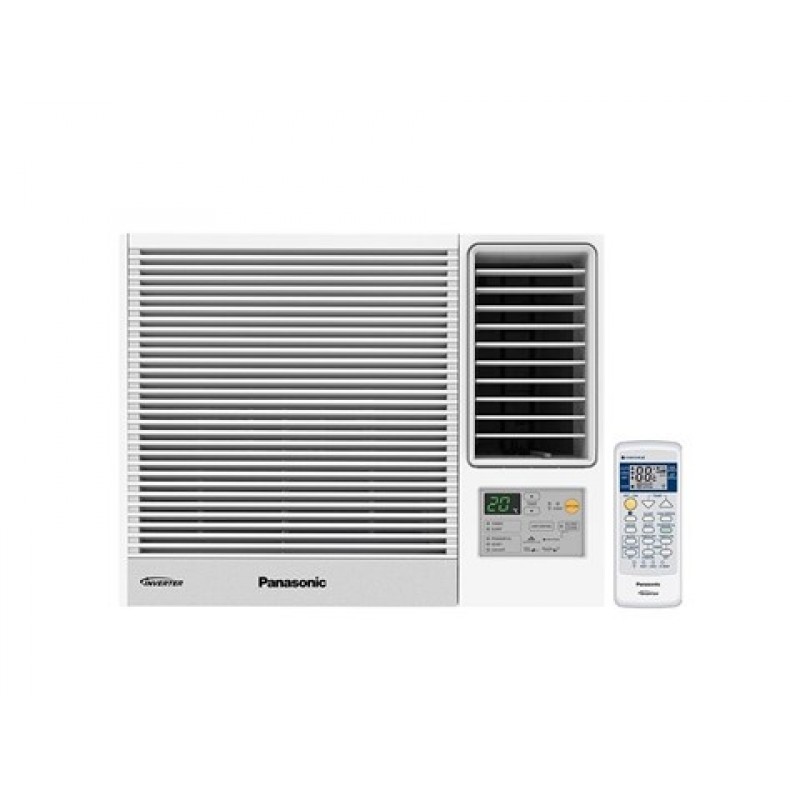
This fixed-speed window-type air conditioner Hitachi Coolant RA08RF has the following advantages:
- 3/4 HP air conditioner
- Air outlet design on both sides, quiet and less noise during operation
- Bestseller for many years

This inverter window-type air conditioner Jumbo AMWB12NIC has the following advantages:
- 1.5 HP air conditioner, suitable for most families
- Air conditioner with a high rating
- Won the first-level energy label
- Unique wide-angle air supply design
- Inverter air conditioners save electricity and are quieter than fixed-speed air conditioners

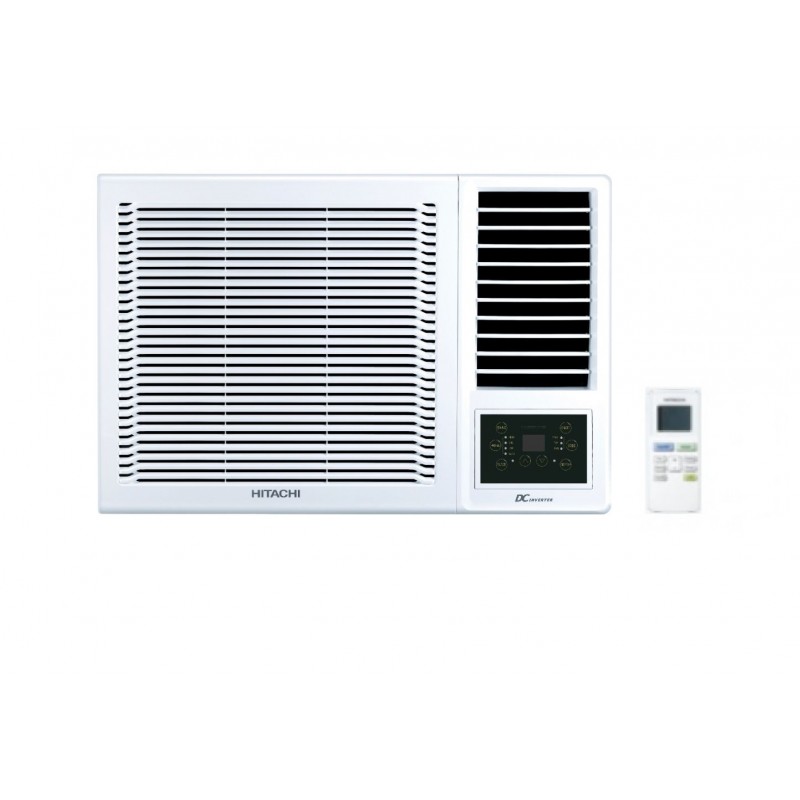
Hitachi RAW-XH07CA inverter air conditioner has the following advantages:
- 3/4 HP air conditioner, using new high-efficiency DC variable frequency compressor and DC fan motor
- Air conditioners are more energy-efficient and quieter than the previous generation
- Won the first-level energy label
- Split air conditioners can be installed in different rooms of the home

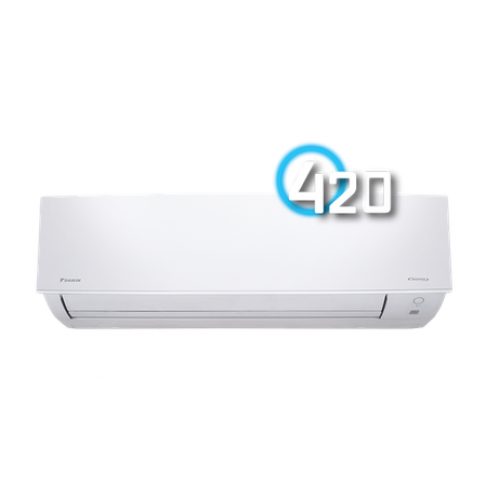
Daikin FTKA25BV1H air conditioner has the following advantages:
- 420 series 1 HP inverter air conditioner
- The outdoor unit is only 418mm high, suitable for installation on smaller window sills
- Daikin air conditioners have a guaranteed reputation and quality, and have been the split air conditioners of choice for customers for many years

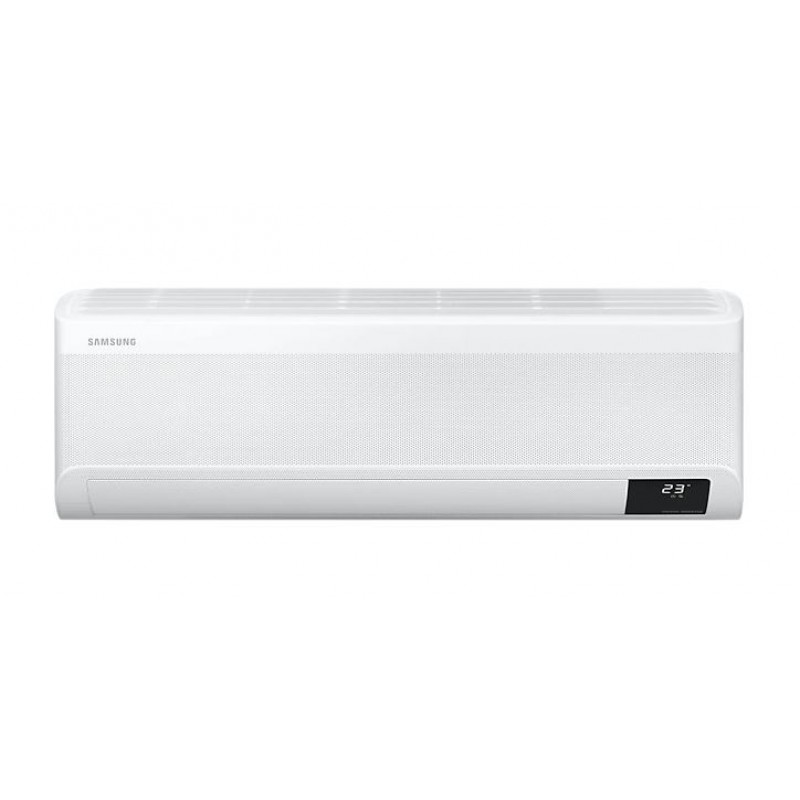
Samsung AR09TXEAAWKNSH air conditioner has the following advantages:
- 1 HP inverter air conditioner
- Unique upgraded WIND FREE windless cooling design
- Quietly creates a cool and comfortable environment without feeling uncomfortable due to strong cold wind
- After the air conditioner is finished operating, the "Auto Clean" function will automatically dry the heat exchanger through a three-stage process, spraying air for 10 to 30 minutes to remove moisture in the air conditioner to prevent the accumulation of bacteria and odors

Counsumer Council's Top Rated Split-Type Air Conditioners in 2025
Referring to Consumer Council's Latest Report on Split-Type Air Conditioners, here are the results for the 12 air-coniditioners
| Model(Indoor Unit/Outdoor Unit) |
CSPF |
Ratings |
Recommended Price |
| 三菱重工 Mitsubishi Heavy Industries SRK50ZSXH-S /SRC50ZSXH-S |
6.135 |
4.5★ |
$20,580 |
| 格力 GREE GSY18BXAE/ GSY18BXAC |
6.272 |
4.5★ |
$13,990 |
| 美的 Midea MS-18HRF8B |
6.149 |
4.5★ |
$11,799 |
| 三星 Samsung AR18THAAWKNSH/ AR18TXHAAWKXSH |
5.808 |
4★ |
$9,980 |
| 東芝 TOSHIBA RAS-18J2KV(HK)/ RAS-18J2AV(HK) |
5.456 |
4★ |
$11,590 |
| 大金 DAIKIN FTKP50MV1H/ RKP50MV1H |
6.535 |
4.5★ |
$11,210 |
| 樂聲牌 Panasonic CS-RU18YKA/ CU-RU18YKA |
6.493 |
4.5★ |
$12,600 |
| 開利 Carrier 42KHE018VS/ 38KHE018VS |
6.042 |
4.5★ |
$9,888 |
| 珍寶 General ASWG18CPTA/ AOWG18CPTA |
4.746 |
3.5★ |
$12,380 |
| 日立牌 HITACHI RAK-CH18CAK/ RAC-CH18CAK |
4.939 |
3.5★ |
$11,930 |
| 三菱電機 MITSUBISHI ELECTRIC MSY-GS18VF/ MUY-GS18VF |
5.740 |
4★ |
$12,840 |
| 樂信牌 Rasonic RS-U18YW/ RU-U18YW |
5.154 |
3.5★ |
$10,780 |
7. Popular Air Conditioner Brands
After you choose the type of air conditioner according to your needs, you may finally consider the brand of the air conditioner. We analyze for you some of the most popular air conditioner brands in Hong Kong today.
Hitachi
Hitachi, a Japanese brand with a history of nearly a century, is one of the largest electrical appliance manufacturers in Japan. It is widely recommended for refrigerators, air conditioners and even dehumidifiers. Its air conditioners are ranked No. 1 in sales in Hong Kong. Both the design and quality control of the air conditioners are carefully handled by Japanese engineers to ensure that they are manufactured with advanced technology. The warranty period of their air conditioners is generally one year, while the window-type air conditioner has a three-year warranty for the entire machine (labor, original parts, and delivery fees are free), and the compressor has an additional five-year warranty. Dozens of models of Hitachi air conditioners in BBE's premium warehouse start at 40% off. Their window-type air conditioners range from $2,500 to $6,500, while split air conditioners range from $3,000 to $16,000.
Panasonic
Another Japanese air conditioner brand that is very popular among Hong Kong people is Roxy Air Conditioner. If you want to buy a quiet air conditioner, Roxy Air Conditioner is a good choice. Its split-type air conditioners accounted for 2 out of the 6 models of air conditioners that were deemed quieter in other evaluation organization's survey. Roxy has service centers and repair stations in Kowloon and the New Territories. Nearly 50 models of Roxy brand air conditioners in BBE's premium warehouse start at 40% off. Window-type air conditioners range from about $2,500 to $8,500, split air conditioners range from about $3,000 to $18,000, and window split air conditioners range from about $3,000 to $7,000.
Gree
Gree Electric, founded in 1991, is a domestic brand that has risen rapidly recently. The price is relatively affordable, and both its inverter heating and cooling air conditioners and window-type air conditioners have received an overall 4-star rating from other evaluation organizations. Its window-type air conditioner was rated as the most energy-saving air conditioner in a test conducted by other evaluation organizations earlier this year. Nearly 30 models of Gree air conditioners in BBE's premium warehouse start at 40% off. Their window-type air conditioners range from about $1,500 to $6,000, while split air conditioners range from about $2,500 to $8,500.
Daikin
Daikin is a global manufacturer of commercial and industrial air-conditioning systems and is the only manufacturer in the world that can develop a full line of refrigeration products such as coolants and air-conditioning systems. Although it comes from Japan like Hitachi and Panasonic, Daikin's business mainly focuses on air conditioners, and it only produces split air conditioners for home use. Its split-type air conditioners are famous for their small size, easy installation, and energy saving. Its air conditioners provide one-year full machine and five-year compressor maintenance, which is a guarantee of confidence when purchasing an air conditioner. Daikin split air conditioners in BBE’s premium warehouse range from about $4,000 to $20,000.
In addition to the above-mentioned brands, there are also many high-quality manufacturers launching air conditioners on the market, such as Lexin, Whirlpool, Mitsubishi, Jumbo, Carrier, etc., which are other popular air conditioner brands among Hong Kong people. You may be dazzled by the many high-quality brands. To choose a suitable air conditioner, you can also visit our large stores in Mong Kok, Causeway Bay, and Tuen Mun to test the actual air conditioner and talk with our professional electrical consultants.
8. Energy-saving Tips for Air-conditioners
Below are some energy-saving tips for using air conditioners:
- Try to avoid installing the air conditioner in a place exposed to direct sunlight
- When it's cooler outside, use a fan instead of an air conditioner if possible
- During the frequent use of air conditioners in summer, it is recommended to clean the dust filter, air inlet and air outlet about once every two weeks to prevent dirt from accumulating and blocking the airflow, which will affect the performance of the air conditioner
- Regularly arrange for experienced technicians to inspect, maintain and repair air conditioners
- Avoid letting debris block the air inlet and outlet of the air conditioner
- If the air conditioner is equipped with a time switch function, the shutdown time can be preset to avoid using it for too long or forgetting to turn it off
- Turn off the air conditioner when leaving a room to prevent wasting electricity when no one is using it



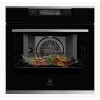
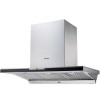
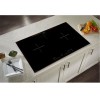
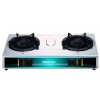
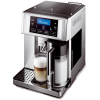
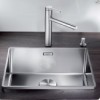
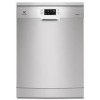
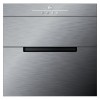
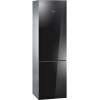
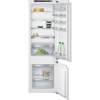
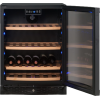
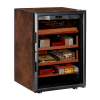
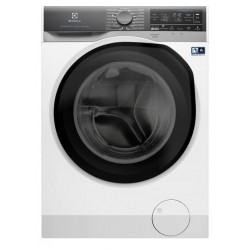
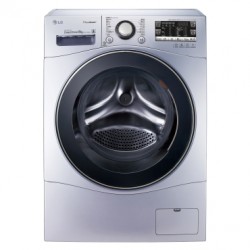

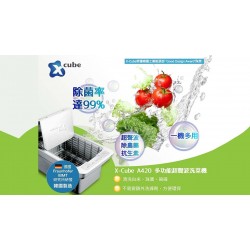
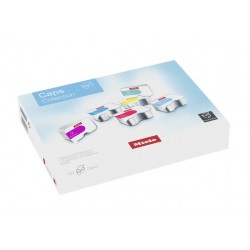

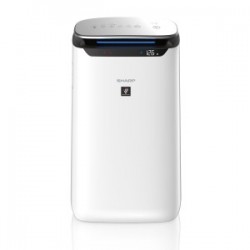
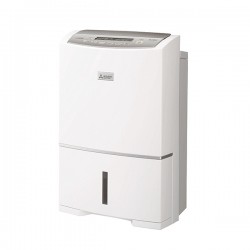
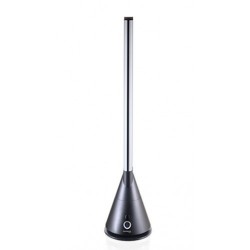

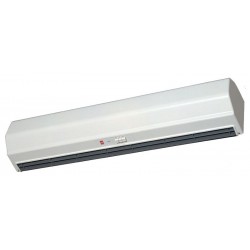
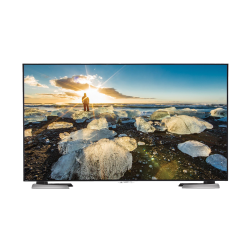
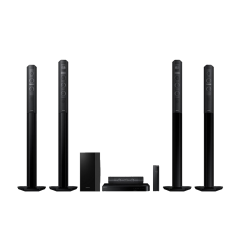
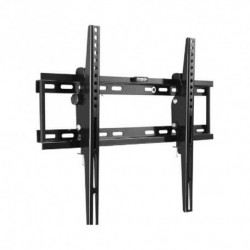
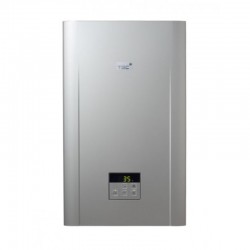
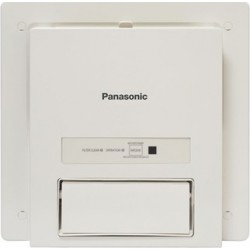
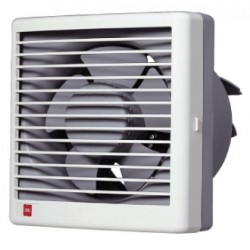

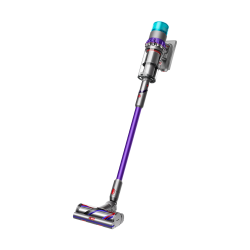
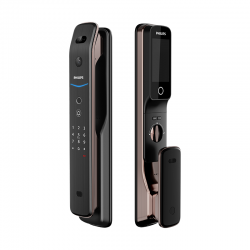
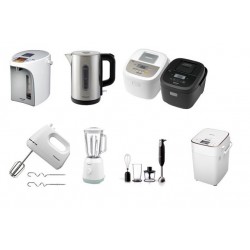
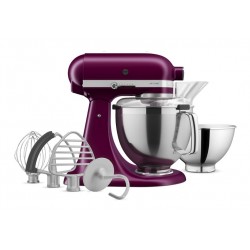
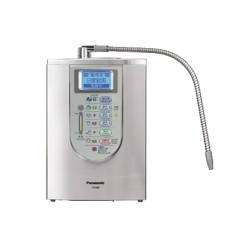
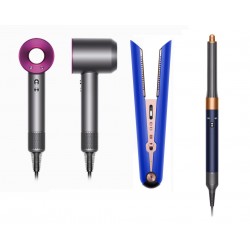
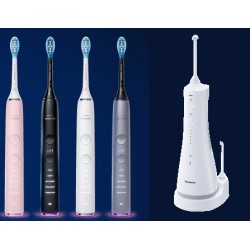
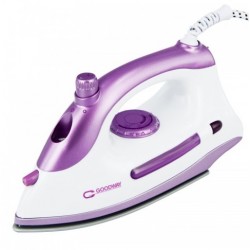
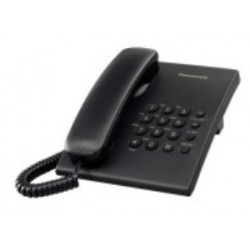
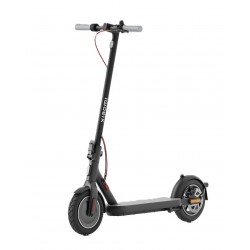
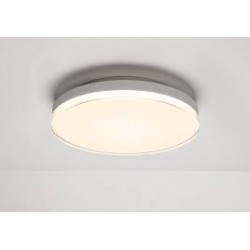
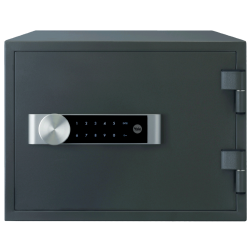
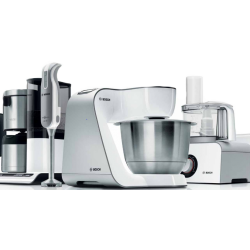

/-評價.jpg)


